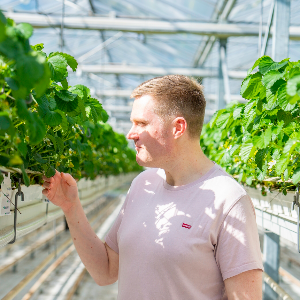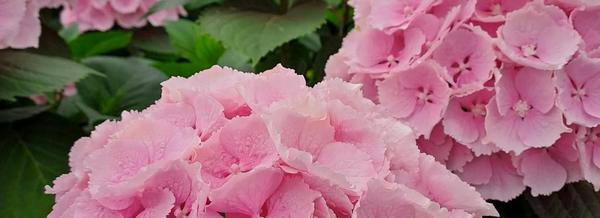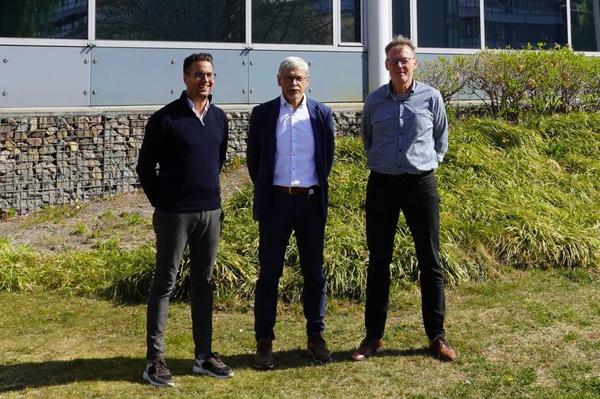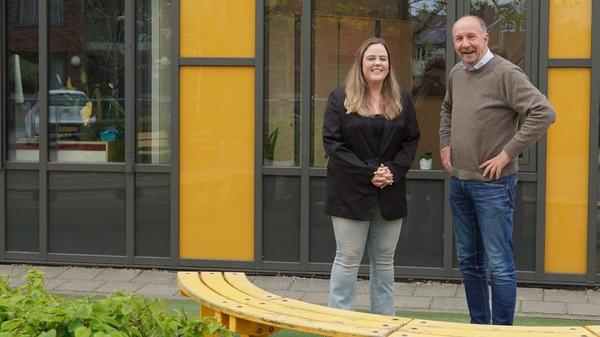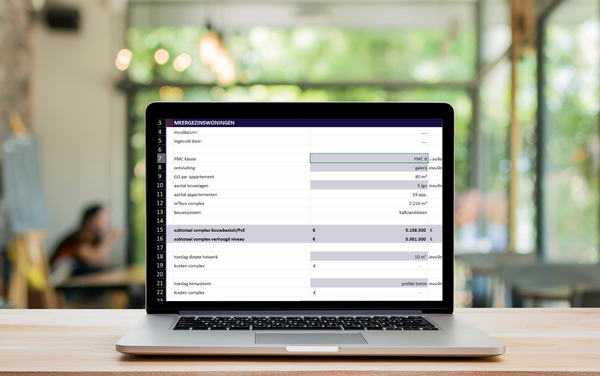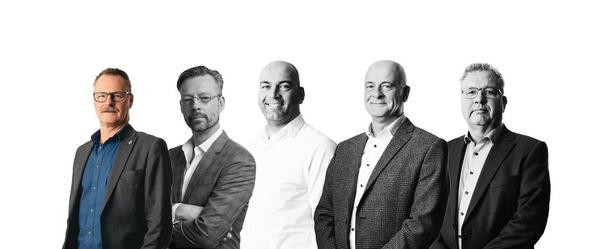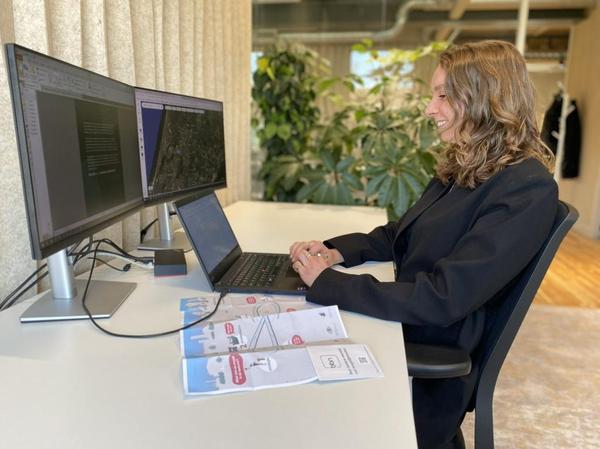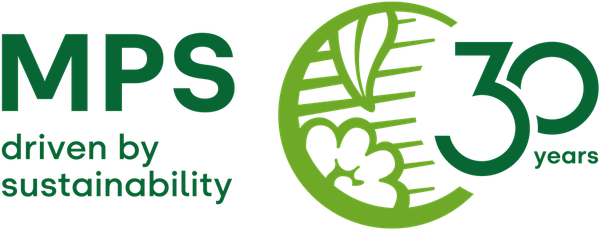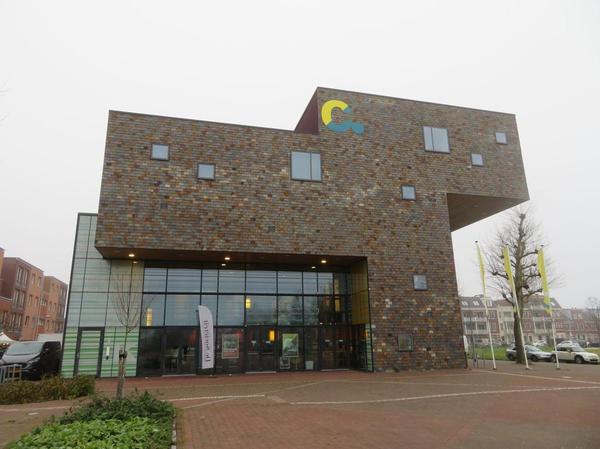
Gemeente Haarlemmermeer ziet verduurzaming van vastgoed als vanzelfsprekend
Voor veel gemeenten is het verduurzamen van maatschappelijk vastgoed een complexe en vaak losstaande opgave. Bij gemeente Haarlemmermeer is dat anders. Daar is duurzaamheid een vanzelfsprekend onderdeel van het vastgoedmanagement geworden. Dat zorgt niet alleen voor energie-efficiëntere gebouwen, maar ook voor strategischere keuzes in de vastgoedportefeuille. Samen met bbn werkt de gemeente aan een toekomstbestendige aanpak waarin techniek, beleid en organisatie samenkomen. Dat is in elk geval de ervaring bij de gemeente Haarlemmermeer, vertellen Matthias Vellekoop, Teammanager Vastgoedzaken en Bert de Vries, Projectleider Verduurzamen Maatschappelijk Vastgoed. Zij gaan in gesprek met Vincent van Helvoort en Sidney Mac Gillavry van bbn adviseurs, die de gemeente ondersteunen.
